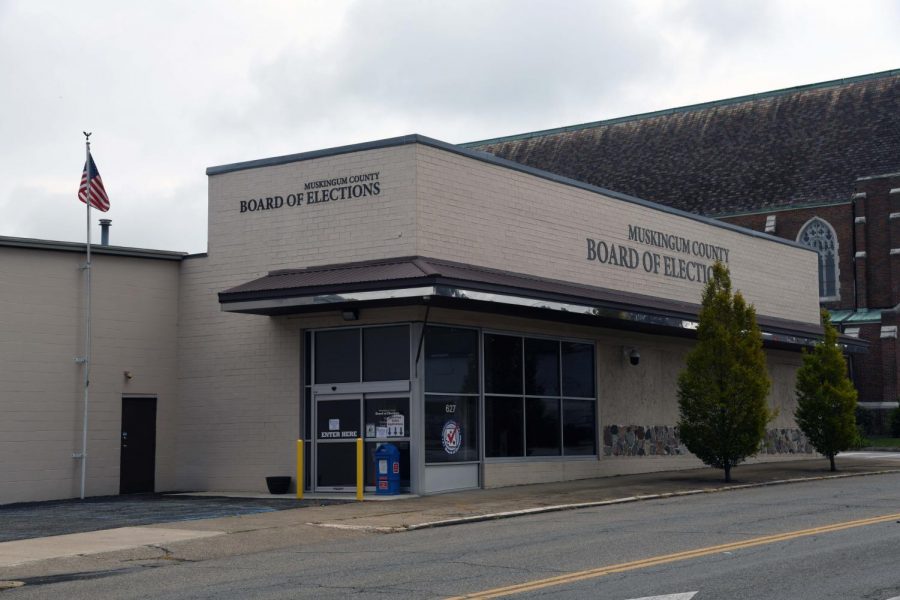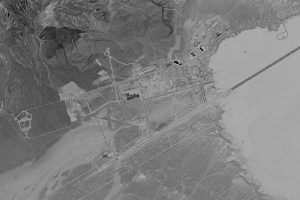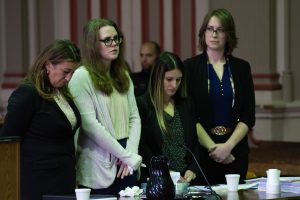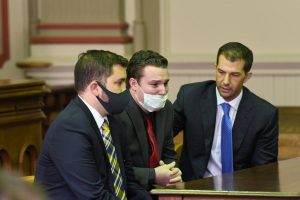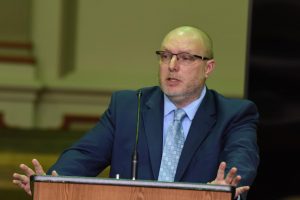Voter apathy, storm likely cause of low primary election turnout Tuesday
May 6, 2022
Even with a month of early and mail-in voting, when polls closed Tuesday evening just over 10,000 Muskingum County residents had voted in the primary election, a fifth of registered voters or roughly 15 percent of citizens over the age of 18.
A rare hail storm might have been partially to blame for evening election-day turnout, but according to an analysis by Y-City News, the lack of voters choosing to participate in the May primary is a continuation of at least a two-decade trend where apathy, in part, keeps individuals from the polls.
It is often generally known that presidential elections garner the largest turnout, citizens eager to vote or not to vote for a particular presidential candidate.
In our analysis of 20 years of election data, the highest turnout elections were all presidential.
More Muskingum County citizens cast a ballot in the November 2020 election, where President, then-Senator, Joe Biden took on incumbent, now former President, Donald Trump than at any time since at least 2003.
It wasn’t the highest turnout election though, that was the November 2004 election, where incumbent President George Bush took on Senator John Kerry.
- November 2, 2004: 39,565 ballots cast out of 51,552 registered voters: 76.7% voter turnout
- November 3, 2020: 40,766 ballots cast out of 55,095 registered voters: 74% voter turnout
- November 4, 2008: 39,667 ballots cast out of 54,458 registered voters: 72.8% voter turnout
- November 8, 2016: 37,708 ballots cast out of 53,923 registered voters: 69.9% voter turnout
- November 6, 2012: 37,603 ballots cast out of 53,963 registered voters: 69.7% voter turnout
As can be seen above, the 2004, 2008, 2012, 2016 and 2020 presidential election year November general elections yielded the highest turnouts and number of voters.
There are outliers in our list, of course. Following those elections, the next highest turnout was in the May 8, 2007 primary where nearly 62% of Zanesville voters came out for the Democratic Primary to decide between Jeff Tilton and Howard Zwelling for mayor and between Aaron Phillips and Ted Zakany for council at large.
Special Note: during this particular election, only citizens of Zanesville and Dresden were able to vote, as there were no other candidates or issues on the ballot. In a race for county commissioner, for example, every registered voter inside Muskingum County could potentially cast a ballot.
Every mid-term November election, those in 2006, 2010, 2014 and 2018 followed promptly right after, with only one exception, the November 4, 2014 election.
- November 7, 2006: 29,488 ballots cast out of {data was unavailable} registered voters: 56.8% voter turnout
- November 6, 2018: 29,550 ballots cast out of 55,015 registered voters: 53.7% voter turnout
- November 2, 2010: 26,630 ballots cast out of 54,477 registered voters: 48.9% voter turnout
- November 4, 2014: 21,263 ballots cast out of 53,357 registered voters: 39.9% voter turnout
Still yet, some local elections, those arguably with the most direct effect on county citizens’ lives, favor the worst. It can often be the case that officials run unopposed in both their party primary and the general election. Typically, Republicans hold county-wide offices, and Democrats rarely offer an opponent as will be the case this year with the County Auditor and one of the two Judges of the Court of Common Pleas, who are both incumbents, an even greater sign that the position won’t be contested.
As in this most recent primary, for example, held on Tuesday, May 3, according to unofficial election data, only 10,740 individuals cast a ballot or a fifth of registered voters. While a high percentage of voters partake in the presidential election, far fewer feel inclined to do so in the race for governor, senator or local positions such as school board, township trustee, village council or city council. Many county-wide offices, such as commissioner (two of the three), prosecutor and sheriff, as well as many others, fall on presidential election years.
While some said they declined to vote after work or in the evening for the Tuesday primary due to a near record-setting hail storm, the turnout wasn’t much different than in other comparable years.
Due to an abundance of planning on behalf of the Board of Elections and the County’s Emergency Management Agency (EMA), when the power went off at a polling location along Blue Avenue, batteries keep the process moving until a generator and lights could be brought to the scene.
The state has made an effort to eliminate non-primary and non-general elections, often referred to as special elections, due to such record low turnouts. The lowest on record was on September 14, 2006, when only 2,815 out of 51,241 registered voters took to the polls, a 5.5% turnout.
It is common for counties, municipalities and especially school districts to use special elections to attempt to get a bond issue passed, but the cost and effort is often burdensome to the populous and election staff, respectively, according to reports by the Secretary of State’s Office.
Ultimately, like many issues, identifying a cause for low voter turnout, academically referred to as voter apathy, is a difficult task, but the data makes clear, at least for Muskingum County, turnout nearly doubles above the average in the fall of presidential election years, where the Democrat and Republican nominee take on each other to become the leader of the free world.

